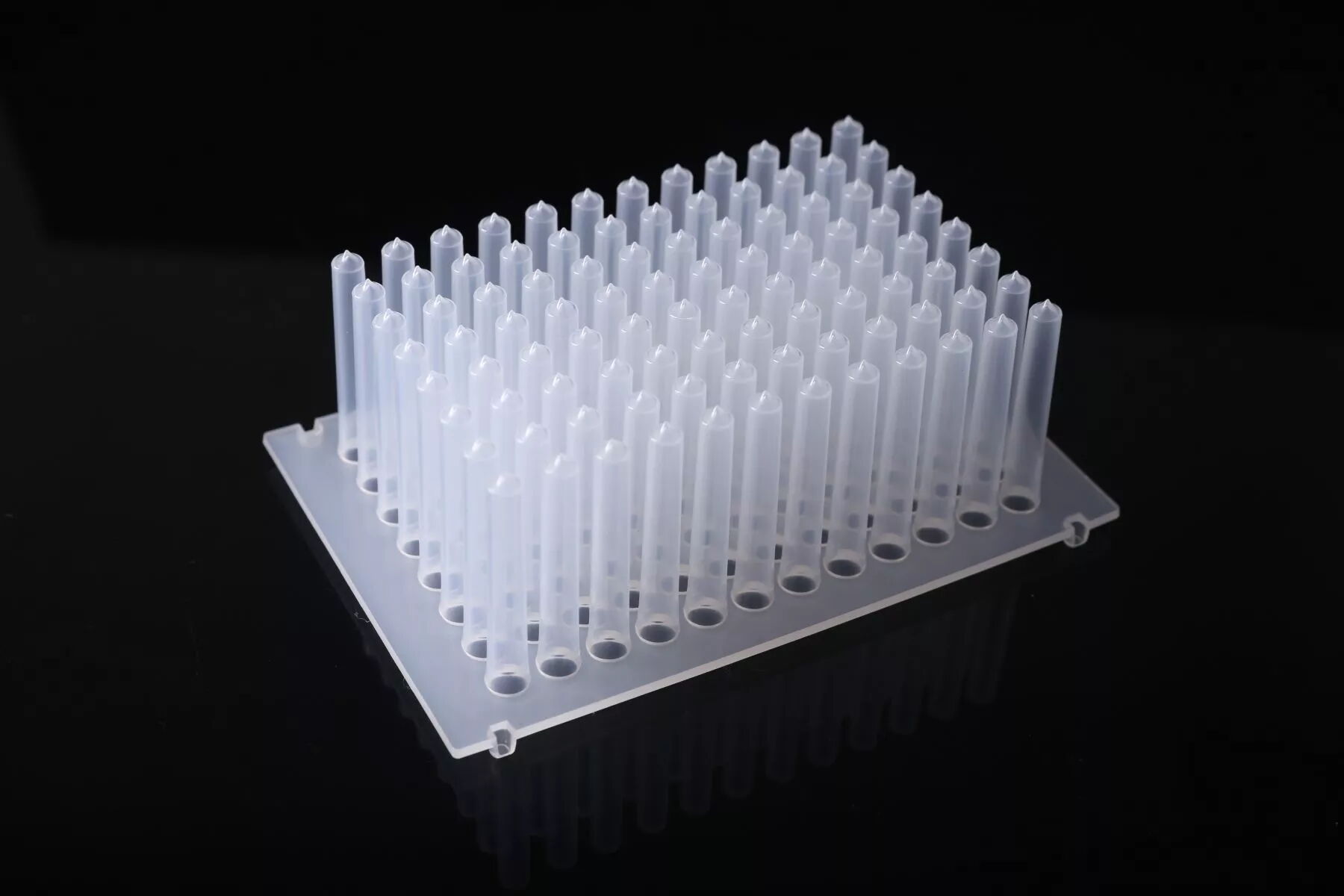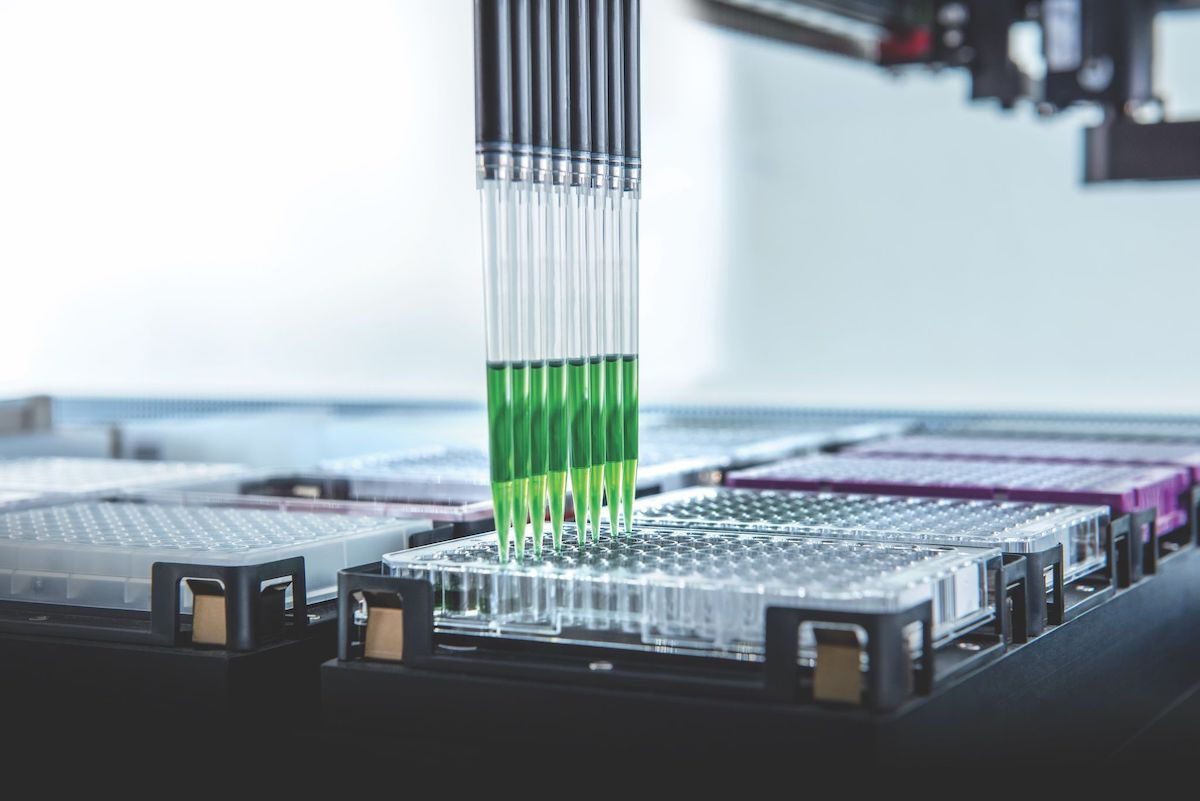Selecting the Right PCR Tubes
Apr 08, 2024
Choosing the right PCR tubes is crucial for ensuring accurate and reliable experimental results. From the material composition of the PCR tubes to the selection of tube covers, each aspect plays a significant role in the success of your PCR experiments. In this guide, we will explore the key factors to consider when selecting PCR tubes to optimize your experimental workflow and achieve consistent outcomes.
1. Material Composition:
PCR tubes are typically crafted from polypropylene (PP), prized for its biologically inert properties, excellent chemical resistance, and temperature tolerance. Quality materials and precise manufacturing processes are crucial for minimizing biomolecule adhesion and ensuring reliable performance.
2. Volume Considerations:
Opt for PCR tubes with appropriate volume specifications to suit your experimental needs. Low-capacity tubes are preferred as they minimize overhead space, improve thermal conductivity, and reduce evaporation, enhancing overall efficiency. HAWACH offers 0.1ml/0.2ml 8-strip PCR tubes designed to meet these requirements.
3. Color Options:
Choose between transparent and white PCR tubes based on your instrument's specifications and experimental setup. Transparent tubes are ideal for fluorescence quantitative PCR instruments with bottom light sources, while white tubes are preferred for instruments collecting fluorescent signals from the top, ensuring enhanced sensitivity and consistency.
4. Tube Skirt Style:
Consider the skirt style of PCR tubes based on your instrument's compatibility and automation requirements. Non-skirted tubes are versatile but may not be suitable for automated applications. Half skirted tubes offer sufficient support and resistance to deformation, while full skirted tubes provide complete coverage for optimal performance during automated operations.
5. Selection of Tube Covers:
Opt for flat covers for accurate fluorescent signal transmission in qPCR, easy marking, and seamless sealing for hassle-free operation. Convex covers come in contact with thermal cyclers' covers, reducing tube deformation and minimizing liquid evaporation during PCR reactions.
In conclusion, selecting the right PCR consumables is essential for the success of your experiments. By considering factors such as material composition, volume specifications, color options, tube skirt style, and selection of tube covers, you can ensure optimal performance and reliability in your PCR workflow. With the right consumables in hand, you can streamline your experimental process and obtain accurate results with confidence.
Previous: Why Is Vertical Pipetting Required with a Pipette?
Next: 5 Advantages of Using Electronic Pipettes



